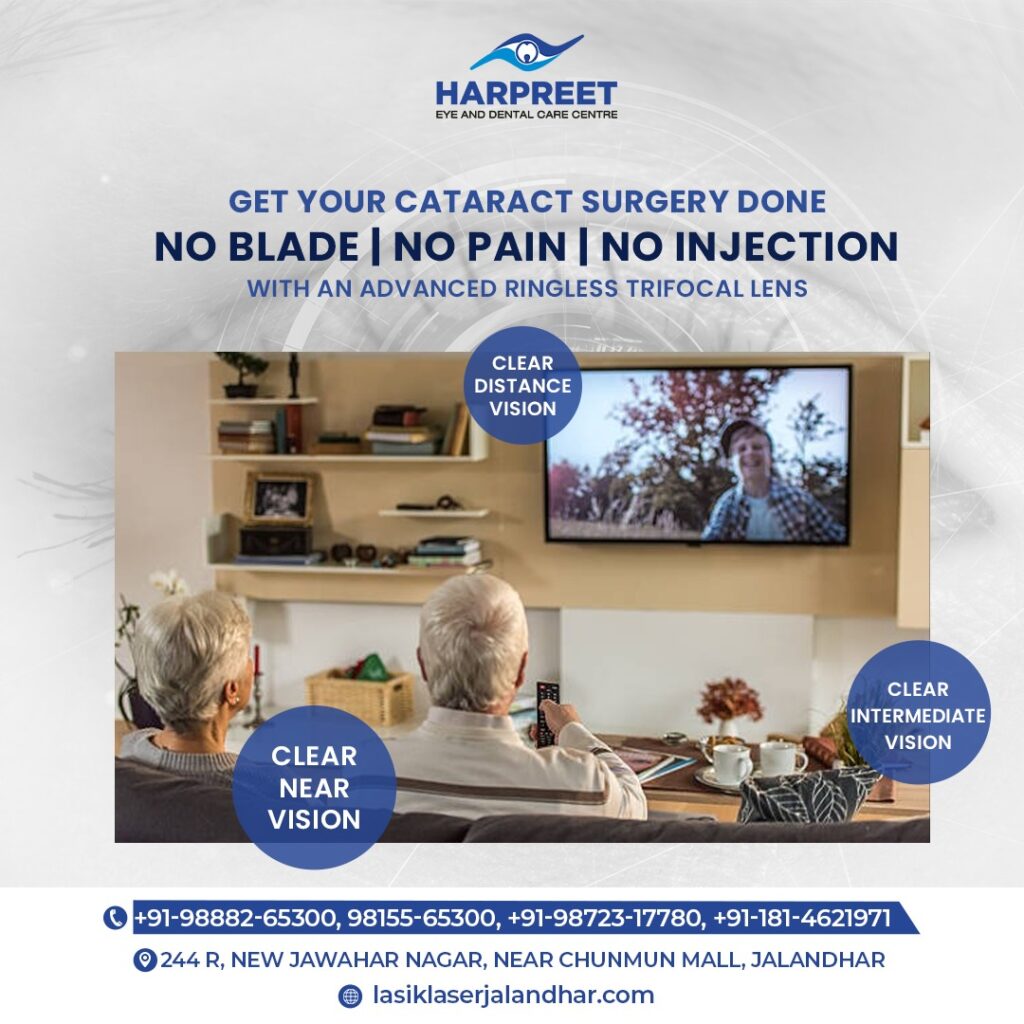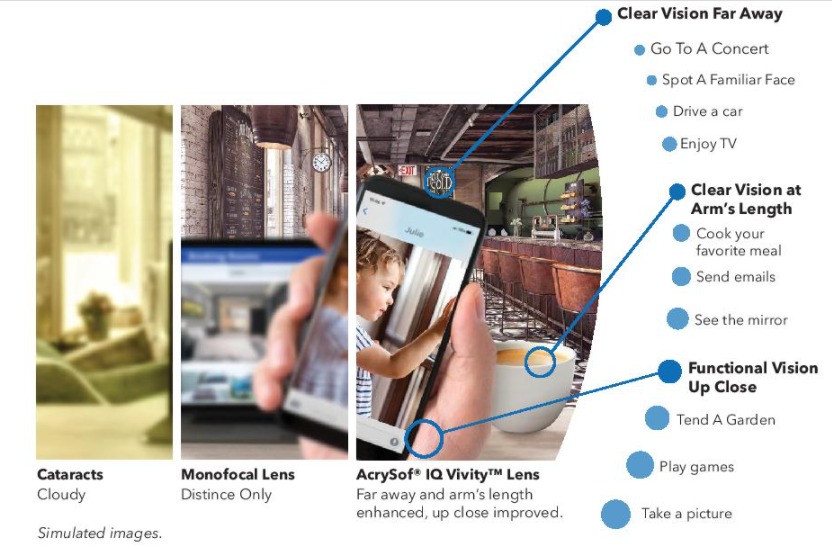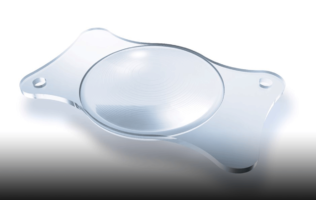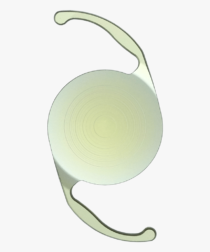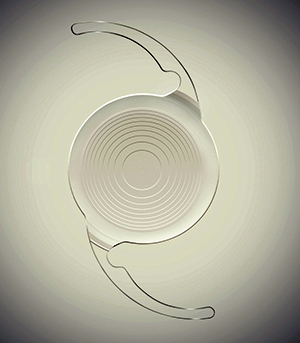Get rid of glasses for near by Refractive Lens Exchange / (Lens Replacement Surgery) for presbyopia
Get rid of glasses for near by Refractive lens exchange or RLE; , also called lens replacement surgery or clear lens extraction, may be a better option than lasik or phakik lenses/ICL surgery for people with presbyopia [presence of near vision glasses prescription with age] and high hyperopia [plus number prescription for distance vision]/ (farsightedness).
If you have both presbyopia and moderate to severe hyperopia [plus number], RLE may be the only viable option for clear vision and minimal reliance on glasses after refractive surgery.
Do you know that …Now you can get rid of glasses for near,distance and intermediate distances [for laptop,computer,car dashboards] with latest ring less multifocal lenses[Alcon vivity] and trifocal lenses.click here to know more.
Lens replacement surgery also can correct minus number prescription glasses or myopia (nearsightedness] assosciated with presbyopia [near vision glasses]
The procedure for refractive lens exchange is virtually identical to cataract surgery. The difference is that in RLE, the lens being replaced is clear, rather than a cloudy lens due to cataract
What is presbyopia
Presbyopia is a naturally occurring age-related condition where your eye’s natural lens becomes more firm and inflexible, and you lose the ability to focus on near objects.Presbyopia affects just about everyone and becomes noticeable sometime after age 40 in most cases.
Non-surgical options for presbyopia include reading glasses, bifocal or progressive or multifocal eyeglass lenses, and multifocal contact lenses. Another option is wearing contact lenses for monovision [one eye corrected for distance other eye for near vision]
Refractive surgery such as LASIK, PRK and phakic IOLs cannot directly address presbyopia-induced loss of near vision. And, although recent medical advancements such as monovision lasik [one eye corrected for distance other eye for near vision] and presbyopic phakik lenses etecetra are available, not everyone is a suitable candidate or is within the treatment parameters of these procedures.
What is Clear Lens Extraction or Refractive Lens Exchange – CLE/RLE eye surgery
Refractive lens exchange (RLE) replaces your eye’s clear natural lens with an artificial intraocular lens (IOL) to correct your spectacle number and achieve sharper focus, reducing your need for near vision glasses or bifocals.
The procedure has become very common in UK and USA. In UK it is famous as brand name Clarivu
Other names of procedure
- Presbyopia Lens Exchange (PRELEX)
- Refractive Lens Exchange (RLE)
- Clear Lens Exchange
AM I a candidate
Lens replacement could be just what you need if you have any of the following:
- Dependence on bifocal, varifocal or
- multifocal contact lenses or glasses
- Presbyopia
- Long-sightedness
- Short-sightedness
- Astigmatism
- Cataracts
Lens replacement may be ideal if you are over 50, when laser eye surgery is less suitable to correct refractive errors. An added benefit of the procedure is it also prevents you from ever needing surgery for cataracts because natural lens is removed in this procedure and replaced with artificial lens and natural lens is the place where cataract develops.
What is the procedure time:
about 10 minutes per eye
Recovery time:
a few days , most of time you are able to see clearly within 2 to 3 days
Typical results:
clear vision at all distances without glasses or contact lenses
Lenses used ; unique tailor-made lens that’s right for you.
We will choose a lens customised to your vision and lifestyle needs. This artificial replacement lens could provide the benefit of being able to focus on near, intermediate and far objects, as previously provided by glasses or contact lenses. It can even correct astigmatism[by use of toric multifocal lenses].The following are lenses available for RLE.
Ringless multifocal Alcon IQ vivity
Vivity is a first-of-its-kind, non-diffractive extended depth of focus IOL with Alcon’s proprietary non-diffractive X-WAVE™ technology, which stretches and shifts light without splitting it. Vivity delivers monofocal-quality distance (far) with excellent intermediate (at arm’s length) and functional near vision (up close).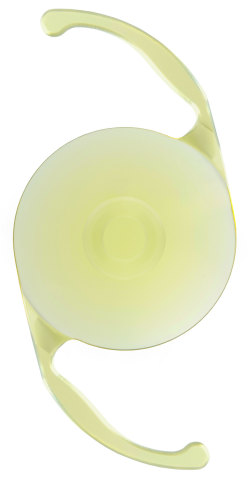 The lens expands Alcon’s growing portfolio of presbyopia-mitigating IOLs to meet the needs of cataract patients who are interested in restoring their visual performance and improving their lifestyle.
The lens expands Alcon’s growing portfolio of presbyopia-mitigating IOLs to meet the needs of cataract patients who are interested in restoring their visual performance and improving their lifestyle.
Advantages are better contrast,night vision,lack of haloes and glares at night
Trifocal lenses
These latest-generation lenses are called trifocals because they offer clear vision at intermediate distances, which is generally anything at arm’s length [for laptops, computers, vehicle dashboards etc.] This is in addition to providing near and far vision.
What’s more, trifocal lenses allow a person to switch effortlessly between all three distances – near (reading) distance, long distance and the in between distances. Vision is clear at all those points – something the previous multifocal IOLs couldn’t achieve.
Common trifocal lenses available are ZEISS AT LISA tri [GERMANY], ALCON PAN OPTIX [USA], Biotech OPTIFLEX TRIO [Ireland] Trifocal IOLS
Zeiss AT LISA tri
Alcon panoptix
for more information on trifocals click here…
Sympfony Lens
Another presbyopia correcting[ near vision correcting] lenses is Tecnis Symfony lens by jhonson and jhonson which is claimed to be truely presbyopic because of its extended range of vision for near and intermediate distances in addition to distance vision as compared to traditional multifocal lenses listed below which have near vision at a fixed distance only and limited vision at intermediate distances.
Visit ; https://lasiklaserjalandhar.com/symfony-lens/ for details.
symfony intra ocular lens
Symfony lens is available in both nontoric and toric [for cylnderical error or astigmatism]
Multifocal lenses
A major appeal of clear lens replacement is the availability of FDA-approved multifocal IOLs (Restor by Alcon and Tecnis Multifocal by JHONSON AND JHONSON and accommodating IOLs (Crystalens by Baush + Lomb).
Visit https://lasiklaserjalandhar.com/multifocal-lenses/ for details



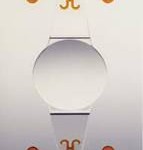
Multifocal and accommodating IOLs enable you to focus at all distances, to overcome presbyopia
The Alcon Acrysof IQ Restore, Abbott Medical Optics ReZoom and Tecnis, and Bausch + Lomb crystalens are three presbyopia-correcting intraocular lenses with FDA approval.
A significant development in intraocular lens surgery is the FDA approval of multifocal and accommodating IOLs, which provide vision at multiple distances and reduce or eliminate the need for glasses or contact lenses.
- The clinical results of the ReStor multifocal IOL showed that 80 percent of people in the trials did not need glasses at all after receiving the implant.
- In the FDA clinical trials for the ReZoom multifocal IOL, 92 percent of people who underwent the procedure said they never or only occasionally needed glasses after surgery.
- Clinical studies of the Tecnis Multifocal IOL showed that 88 percent of people in the study group did not need glasses after surgery.
- In the FDA trials for the Crystalens accommodating IOL, more than 88 percent of the study participants attained uncorrected visual acuity of 20/40 or better at all distances after surgery.
Get rid of glasses for near by refractive lens exchange: The Procedure
Lens replacement surgery usually takes about 10 minutes and is performed on an outpatient basis. Each eye is done separately, usually about 4 days apart.
No injection is required only anesthetic drops are used during RLE, so typically there is no discomfort, and most people report immediate vision improvement after surgery.
Initial recovery from refractive lens exchange — when you can resume normal everyday activities usually takes about a week.You should be able to return to work and resume driving within 2 to3 days of surgery, dependent on your eye surgeon’s instructions.
Normally, you won’t feel an IOL in your eye, in the same way that you don’t feel a dental filling for a cavity. The artificial intraocular lens is a permanent replacement for your natural lens and is designed to last the rest of your life.And, because IOLs are not affected by age-related changes, there is minimal risk of regression (loss of corrective effect or deterioration of vision) over time.Also, since the lens is situated inside your eye and not on the surface like a contact lens, it is not visible to the naked eye.
Have early cataracts ?
RLE Can Be Considered a Treatment for Early Cataracts
People who are middle-aged or older may have the beginnings of cataracts that eventually could worsen and require cataract surgery. If you have early cataracts, you could choose to have lens replacement surgery instead of waiting for the cataracts to progress to the point where they cause vision loss and have to be removed. Intraocular lenses can provide significantly better uncorrected vision at that point, especially if you are reliant on eyeglasses or contact lenses.
How is lens replacement different from standard cataract surgery?
During cataract surgery, the eye’s cloudy natural lens is replaced typically with a monofocal lens. This usually provides good distance vision but means you will still be reliant on reading glasses after the procedure. Lens surgery with a multifocal lens could correct long or shortsightedness at the same time. So, you could consider cataract refractive surgery which removes your cataract and includes a lens surgery procedure to help you eliminate or reduce your dependence on glasses.
DISCLAIMER ;This page is just for your information.We have no financial interests in any company brand .Consult your doctor for pros and cons before surgery
